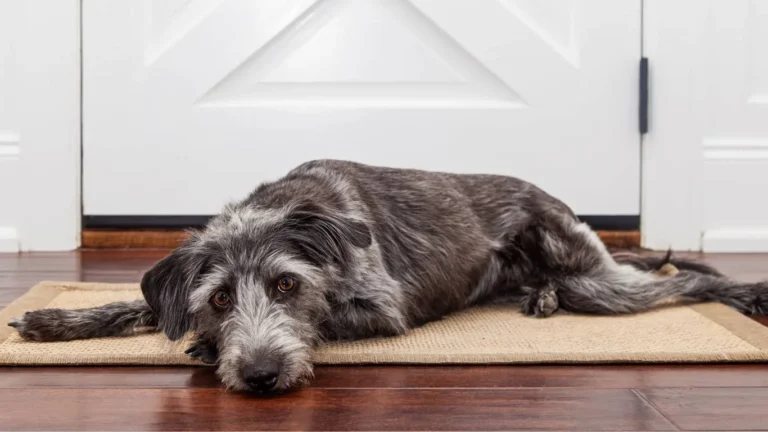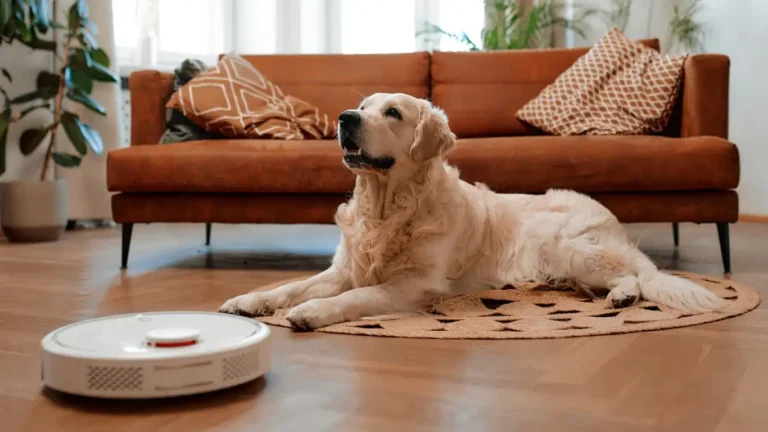Why Can Dogs Eat Plain Pasta Might Not Be the Best Choice
So, you’re standing in your kitchen, boiling up some pasta for dinner, and there’s your dog giving you the classic “I’m starving” look. Sound familiar? It’s one of those everyday moments that pet parents know all too well. That leads to the question: Can dogs eat plain pasta? As someone who’s worked with all kinds of pups in shelters and clinics, I’ve been asked this more times than I can count. Whether it’s a concerned pet parent or a curious kid visiting the clinic, the interest in human food safety for dogs is real — and totally valid. Let’s dive into what I’ve learned through both research and real-life experience.
Can Dogs Eat Plain Pasta? Here’s the Real Deal
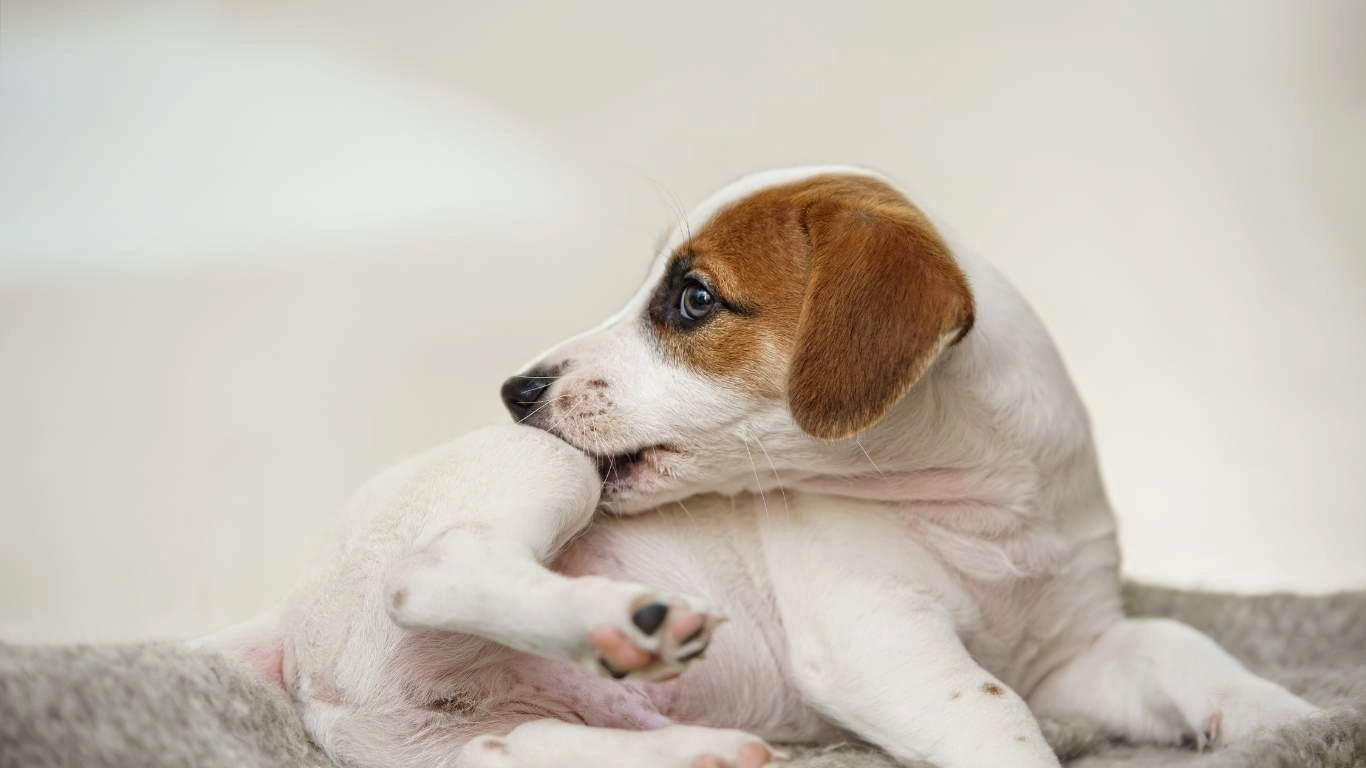
Yes, dogs can eat plain pasta — but it comes with a few caveats. We’re talking the super simple kind: just cooked pasta made from flour and water, maybe egg. No butter, no sauce, no seasonings. Think of it as the dog version of bland hospital food. It’s not toxic or dangerous for most dogs, but it’s also not exactly a health food.
In the clinic, I’d sometimes see pet parents come in panicked after their dog swiped a plate of spaghetti. Most of the time, if it was plain pasta, there were no long-term issues — just some bloating or mild stomach upset. But the real concerns come when the pasta’s dressed up with garlic, onion, or creamy sauces (we’ll get into that more in a sec).
Why Some Vets Say “Yes, But…”
Veterinarians and animal nutritionists generally agree that while plain pasta won’t hurt a healthy dog in small amounts, it doesn’t offer much nutritional value either. It’s mostly empty carbs. Dogs, unlike us, don’t really need carbs as a dietary staple. They’re more built for a protein-rich, meat-based diet.
- Safe Ingredients: Flour, eggs, water
- Ingredients to Avoid: Salt, garlic, onion, oil, butter, cheese
In my experience, dogs that are active and at a healthy weight can tolerate an occasional pasta treat without any problems. But if you’ve got a couch potato pup or one dealing with diabetes or weight issues, pasta can add unnecessary calories that sneak up fast.
Understanding the Risks (and the Surprising Benefits)

Let me tell you about Max, a chunky beagle who came into the shelter after his owner passed. Sweetest guy ever — but he was definitely a little “fluffy.” During his first week with us, one of the volunteers shared some leftover plain noodles with him. Max was thrilled… until the next day when he showed signs of constipation and mild bloating.
Turns out, while plain pasta isn’t dangerous, it can cause digestive upset, especially in older dogs or breeds with sensitive stomachs. Here’s a quick breakdown:
- Digestive issues: Some dogs may experience gas, bloating, or even constipation if they eat too much.
- Weight gain: Pasta is calorie-dense and low in nutrients, making it easy to overfeed.
- Blood sugar spikes: Carbohydrates can cause insulin spikes in dogs with diabetes.
On the flip side, I’ve also used a few plain noodles as a sneaky pill-wrapper when a stubborn pup refused meds. Desperate times, right? So yes, pasta can be helpful now and then — it just shouldn’t become a go-to treat.
But What If Your Dog Has Food Allergies?
That’s a biggie. Some dogs are sensitive to wheat or eggs — two major pasta ingredients. In the clinic, we had a German Shepherd with chronic itching that was eventually traced back to a wheat allergy. His owner was unknowingly feeding him pasta scraps, thinking it was harmless.
If your dog has known allergies or sensitivities, definitely skip the pasta. There are safer alternatives that won’t trigger a reaction (like rice or sweet potatoes, depending on the allergy).
Moderation is Key: Treat Pasta Like a Rare Snack

So how much is too much? Honestly, it depends on your dog’s size, weight, and overall health. A few plain noodles here and there? Probably fine. A whole bowl of fettuccine? Definitely not ideal. Here’s a quick cheat sheet:
- Small dogs: 1–2 tablespoons max
- Medium dogs: Up to 1/4 cup
- Large dogs: No more than 1/2 cup occasionally
And always watch for signs of discomfort after trying any new food. If your pup seems extra gassy, tired, or has loose stool after pasta, it’s probably not a good fit for them.
Healthy Alternatives to Pasta for Dogs
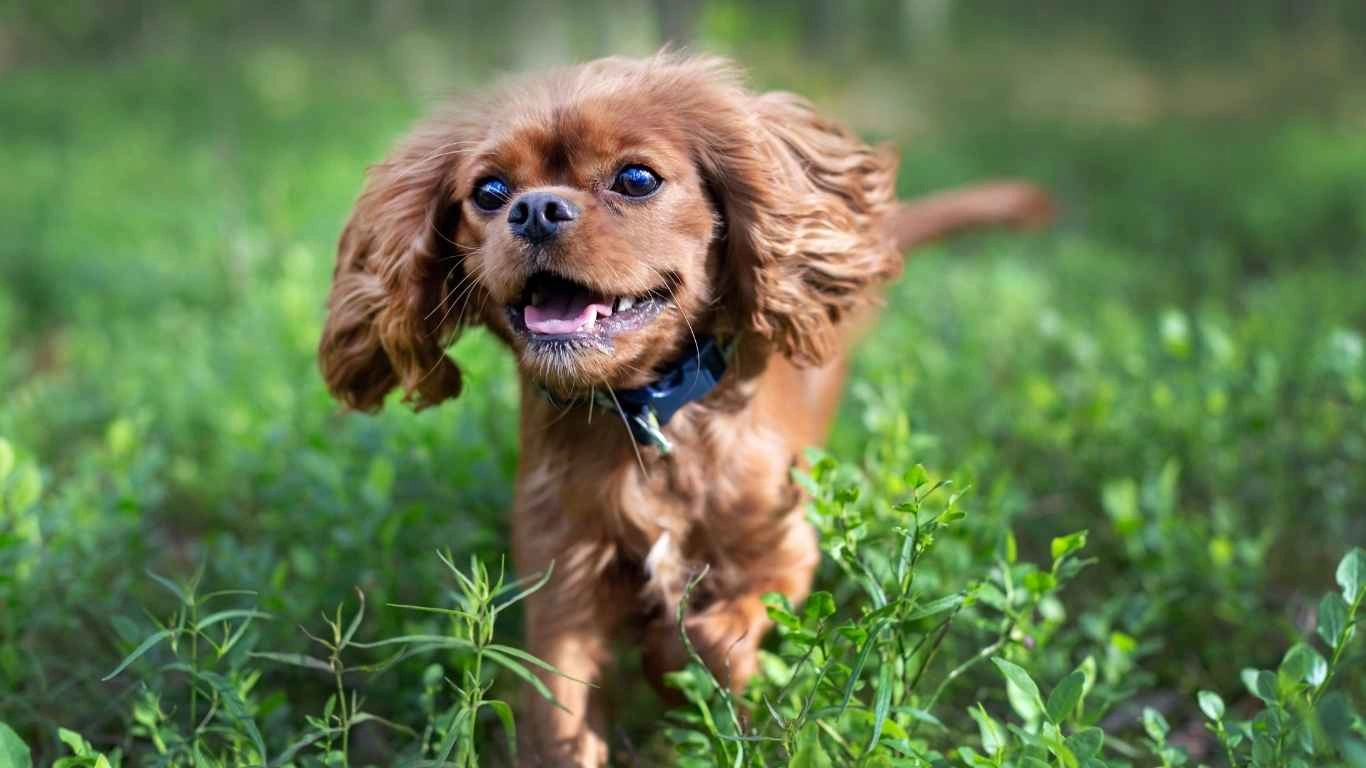
Okay, so if plain pasta is a “meh” food for dogs — not toxic, but not exactly nutrient-rich — what can you give them instead when they’re giving you those pleading eyes? Back when I was working at the shelter, we used to get creative with healthy treats. Sometimes we’d prep little meals using kitchen-safe scraps, especially for our picky eaters or dogs recovering from surgery. Turns out, there are plenty of healthier options out there.
Here are a few pasta swaps I’d recommend from personal experience and vet-approved guidelines:
- Sweet potatoes: Packed with fiber and vitamins, they’re a great digestion-friendly option.
- Brown rice: A safer carb for many dogs, especially those with sensitive tummies.
- Quinoa: High in protein and gluten-free — a good fit for allergy-prone pups.
- Cooked pumpkin: Great for digestive issues and totally dog-safe when plain.
I’ve even had a few dogs that liked spiralized zucchini “noodles” better than actual pasta. Go figure. One of our regular clinic visitors, a senior cocker spaniel named Daisy, used to get her meds hidden in pumpkin mash — worked every single time.
Quick Note: Homemade Doesn’t Always Mean Healthy
This one’s important. Just because something’s made at home doesn’t mean it’s automatically safe. I’ve seen well-meaning owners bring in dogs with upset stomachs because they tried DIY pasta with butter or garlic for “flavor.” These ingredients might be staples in our diet, but for dogs, they’re a hard no.
If you ever want to mix up your dog’s diet, it’s a great idea to chat with your vet first. Some clinics, like the one I worked in, even offer nutrition consults. It’s a small thing that can make a big difference — especially if your dog has any underlying conditions like pancreatitis or diabetes.
When Plain Pasta Becomes a Problem

We already touched on how can dogs eat plain pasta is often answered with “yes, but.” Here’s where things can get tricky. In my time at the clinic, I’ve seen dogs experience negative reactions not because of the pasta itself, but because of what came with it.
Here are a few real-world scenarios where things went sideways:
- Pasta with Sauce: A golden retriever scarfed down pasta with marinara — and ended up with severe diarrhea. The garlic and onion in the sauce triggered a strong reaction.
- Pasta with Butter: A lab mix came in with pancreatitis symptoms after eating pasta drenched in butter and cheese. Too much fat in one sitting is dangerous.
- Wheat Allergy Flare-Up: A rescue husky with a known wheat allergy was accidentally fed pasta. The itching and ear infections returned almost overnight.
So the rule of thumb I’ve always told pet parents? If you wouldn’t feed it to a baby — don’t feed it to your dog. Keep it simple, bland, and clean if you’re going to offer pasta at all.
What About Puppies or Senior Dogs?
Oh, great question. Their digestive systems are a bit more sensitive than your average adult dog. Puppies are still developing gut bacteria and enzyme production, and seniors tend to have slower digestion. If either age group is introduced to pasta, it needs to be in tiny amounts — if at all.
We had a senior bulldog named Winston who couldn’t handle even small servings of pasta without gurgly guts and low energy the next day. On the flip side, a healthy young shepherd might be totally fine with a few noodles as an occasional treat. Know your dog’s baseline, and always start small if you’re unsure.
How to Safely Serve Plain Pasta (If You Really Want To)
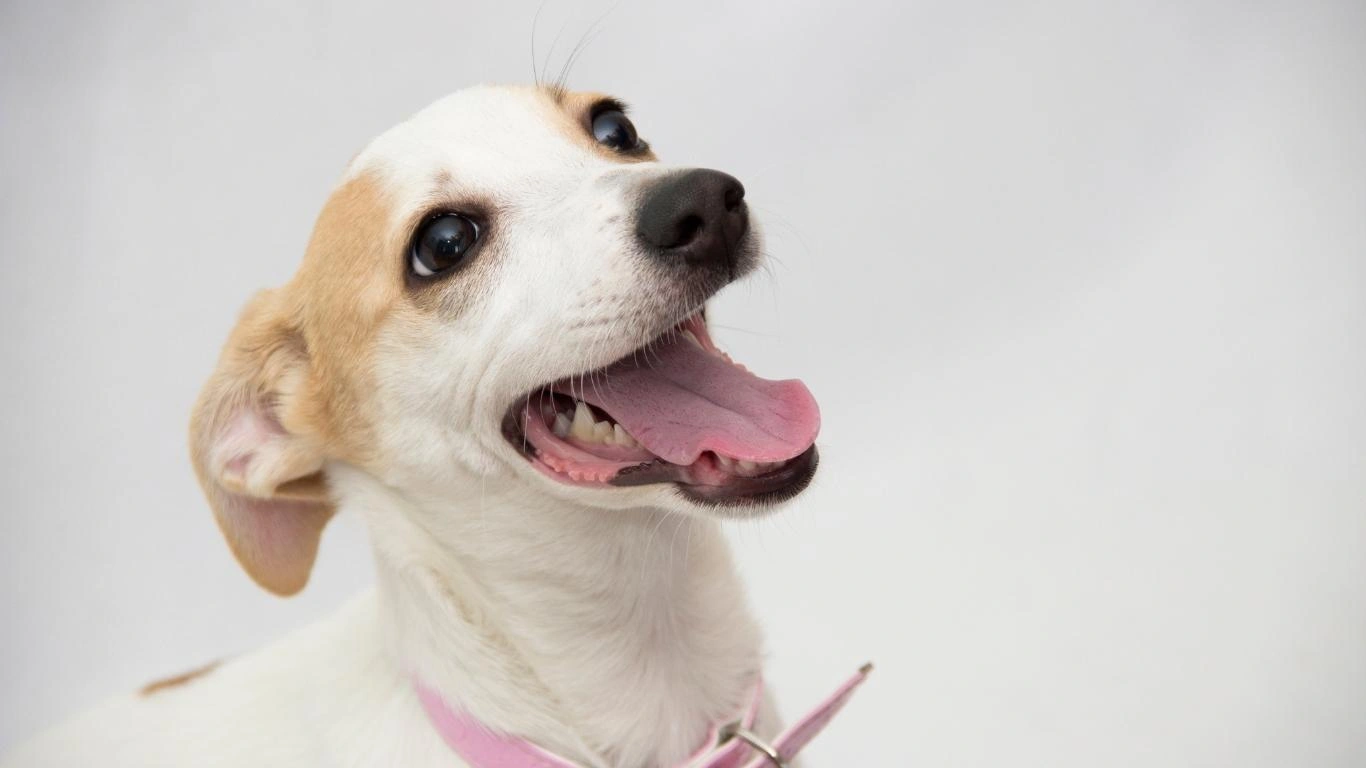
Alright, maybe you’ve got a soft spot and still want to share some of your pasta dinner with your furry bestie. No judgment — I’ve definitely handed out a plain rotini or two under the table. But here’s how to do it right:
- Keep it plain: No salt, butter, oil, or seasoning. Just boiled pasta, drained and cooled.
- Small portion: A few bites is plenty. Think “treat” not “meal.”
- Mix with protein: If you want to boost the value, pair it with cooked chicken or a spoonful of plain pumpkin.
- Watch for reactions: Monitor your dog for 24 hours for any signs of bloating, itchiness, or changes in stool.
Bonus tip: You can even freeze small amounts of cooked pasta as a chewy, soft treat for teething puppies (just check with your vet first). It’s not something I’d recommend every day, but on a hot afternoon, it kept a few of our clinic pups happy while waiting for their checkups.
Bottom Line — Know Your Dog
At the end of the day, whether or not your dog can safely enjoy plain pasta depends on their individual health, weight, and sensitivities. It’s not a one-size-fits-all deal. Some dogs thrive on a little variety. Others? Not so much.
If you’re ever unsure, the best move is to consult with your vet. I’ve had countless conversations with pet parents who felt silly asking about table scraps — but trust me, no question is too small when it comes to your dog’s health.
Busting Common Myths About Dogs and Pasta

By now, we’ve covered the basics — but let’s clear the air on a few myths I’ve heard way too many times at both the clinic and shelter. Some of these got passed around so often by pet parents and even well-meaning friends, they practically became gospel. Here’s what’s real and what’s fluff when it comes to can dogs eat plain pasta questions.
Myth 1: Pasta Is Just Like Dog Kibble
Not even close. Dog kibble (at least the good stuff) is formulated with your pup’s nutritional needs in mind. Pasta is… well, pasta. Mostly refined carbs, very little fiber, and almost zero protein. It fills the belly but doesn’t do much else.
Myth 2: Dogs Can Eat Anything We Can
I wish! But nope. Their digestive systems are wired totally differently. I’ve seen some really sad outcomes from dogs eating things that are totally fine for us but harmful to them — onions, grapes, chocolate, and yes, even pasta sauces with garlic. Always better to ask than assume.
Myth 3: Plain Means Safe
This one trips people up the most. “Plain” might sound harmless, but if your dog has a wheat allergy or is sensitive to carbs, even plain boiled pasta can trigger discomfort. I always encourage pet parents to check labels, monitor for reactions, and when in doubt — offer alternatives like rice or pumpkin instead.
Try This: A Dog-Friendly Pasta Treat Recipe
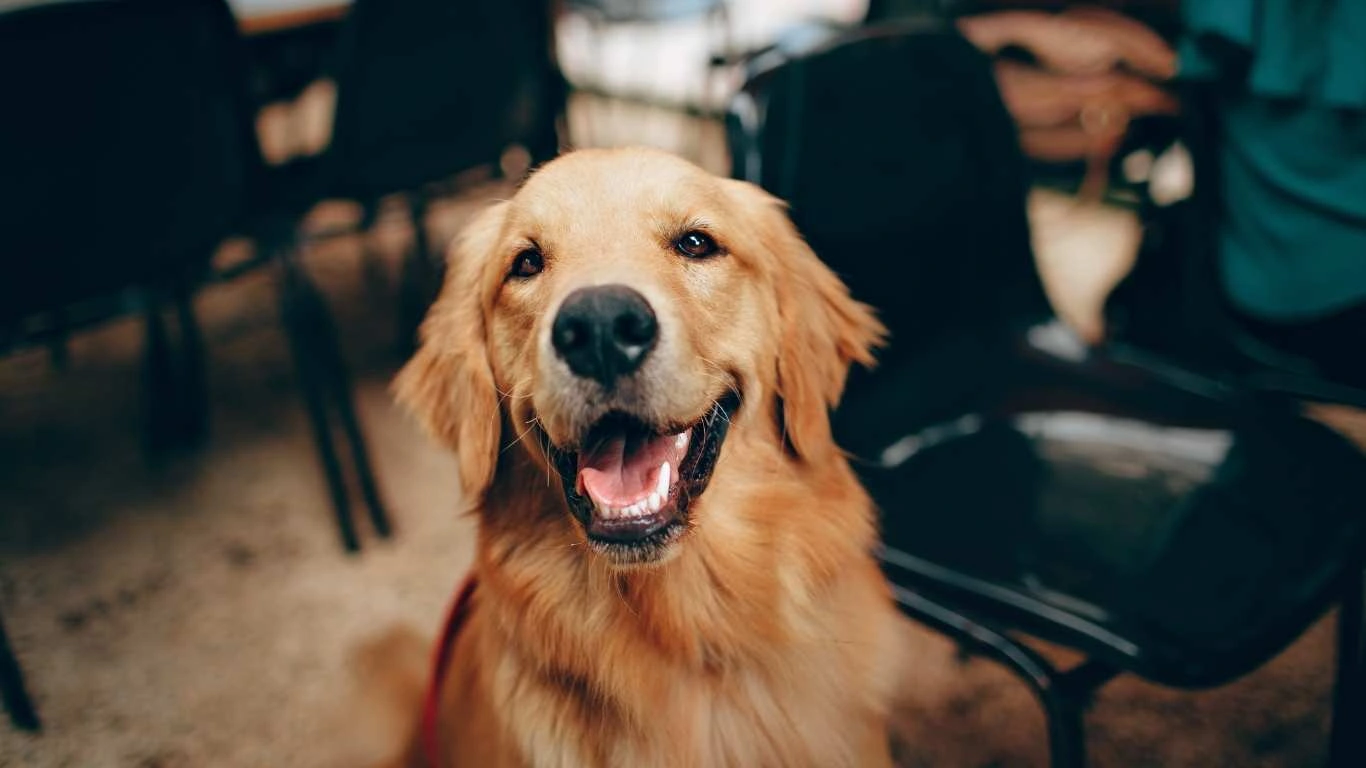
If you’re feeling adventurous and your pup tolerates pasta well, here’s a little treat recipe I used to whip up for our shelter events or “gotcha day” celebrations. It’s simple, safe, and dogs go bonkers for it!
Mini Chicken & Pasta Bites (Dog-Approved)
- Ingredients:
- 1/2 cup plain cooked pasta (cooled)
- 1/3 cup shredded cooked chicken breast (unseasoned)
- 1 tbsp plain pumpkin puree (optional, great for digestion)
- 1/2 tsp olive oil (optional, for coat health)
- Instructions:
- Chop pasta into small bite-sized bits.
- Mix everything in a bowl until well combined.
- Scoop mixture into mini silicone molds or roll into little balls.
- Refrigerate for 1 hour to set (or freeze for teething pups).
- Store in an airtight container in the fridge for up to 3 days.
These were a big hit with the picky eaters in our care. Plus, they’re soft, easy to chew, and you can customize them depending on your dog’s preferences or dietary needs. Just make sure to run it by your vet if your pup is on a restricted diet.
Expert Guidance: Why It Matters
One of the things I always tell pet parents — especially first-time dog owners — is to treat pet nutrition like human health. You wouldn’t start a new diet without doing a little research, right? Same goes for your dog. Every dog is different. Breed, age, health status, and even lifestyle all play a part in how well they’ll tolerate certain foods, including pasta.
Over the years, I’ve worked with incredible vets and canine nutritionists who’ve taught me just how nuanced dog nutrition really is. What seems like a harmless table scrap can cause blood sugar spikes in diabetic dogs, digestive upset in senior pets, or allergic reactions in sensitive breeds.
If you’re ever unsure, don’t guess. Book that vet visit. And look for information from trusted organizations and professionals — not just random social media posts. Good info saves lives — literally.
References
- American Veterinary Medical Association
- ASPCA – Pet Nutrition Safety
- PetMD – Dog Diet & Nutrition
- American Animal Hospital Association (AAHA)
Disclaimer
This article is based on my personal experience as an Animal Care Specialist and insights gathered from veterinary professionals. It is intended for informational purposes only and should not replace professional veterinary advice. Always consult with your veterinarian before making any changes to your dog’s diet, especially if they have underlying health conditions or food sensitivities.

